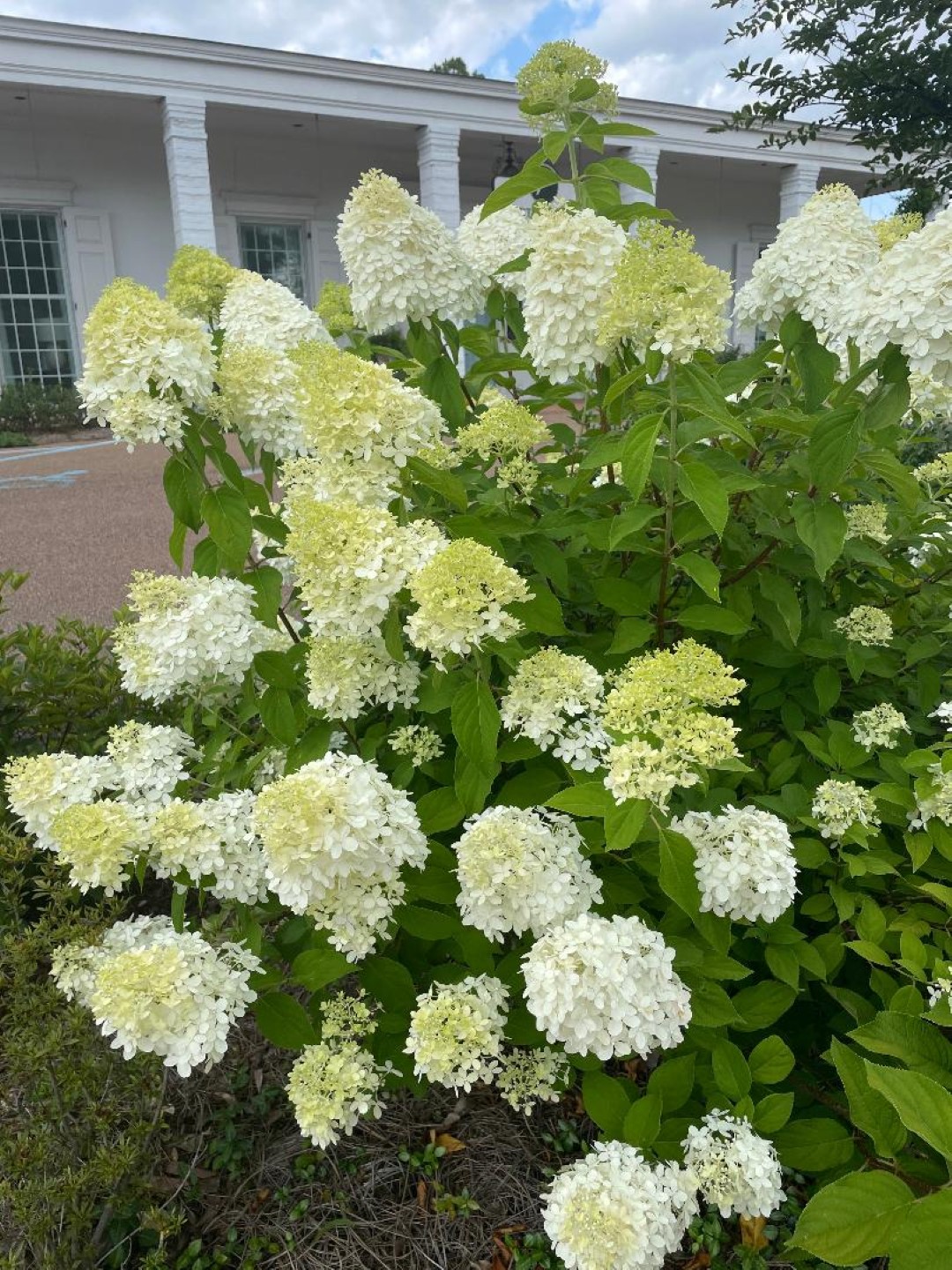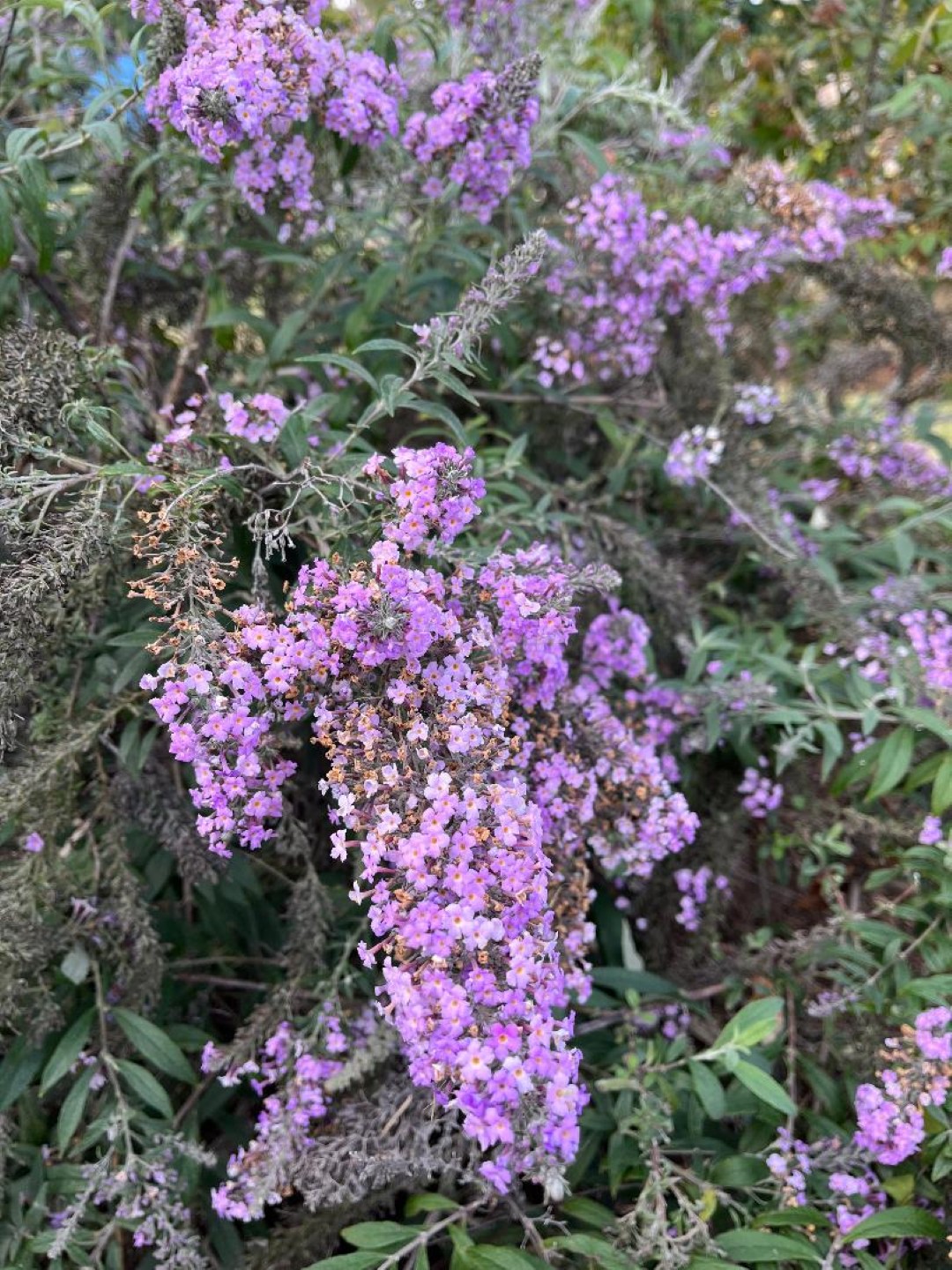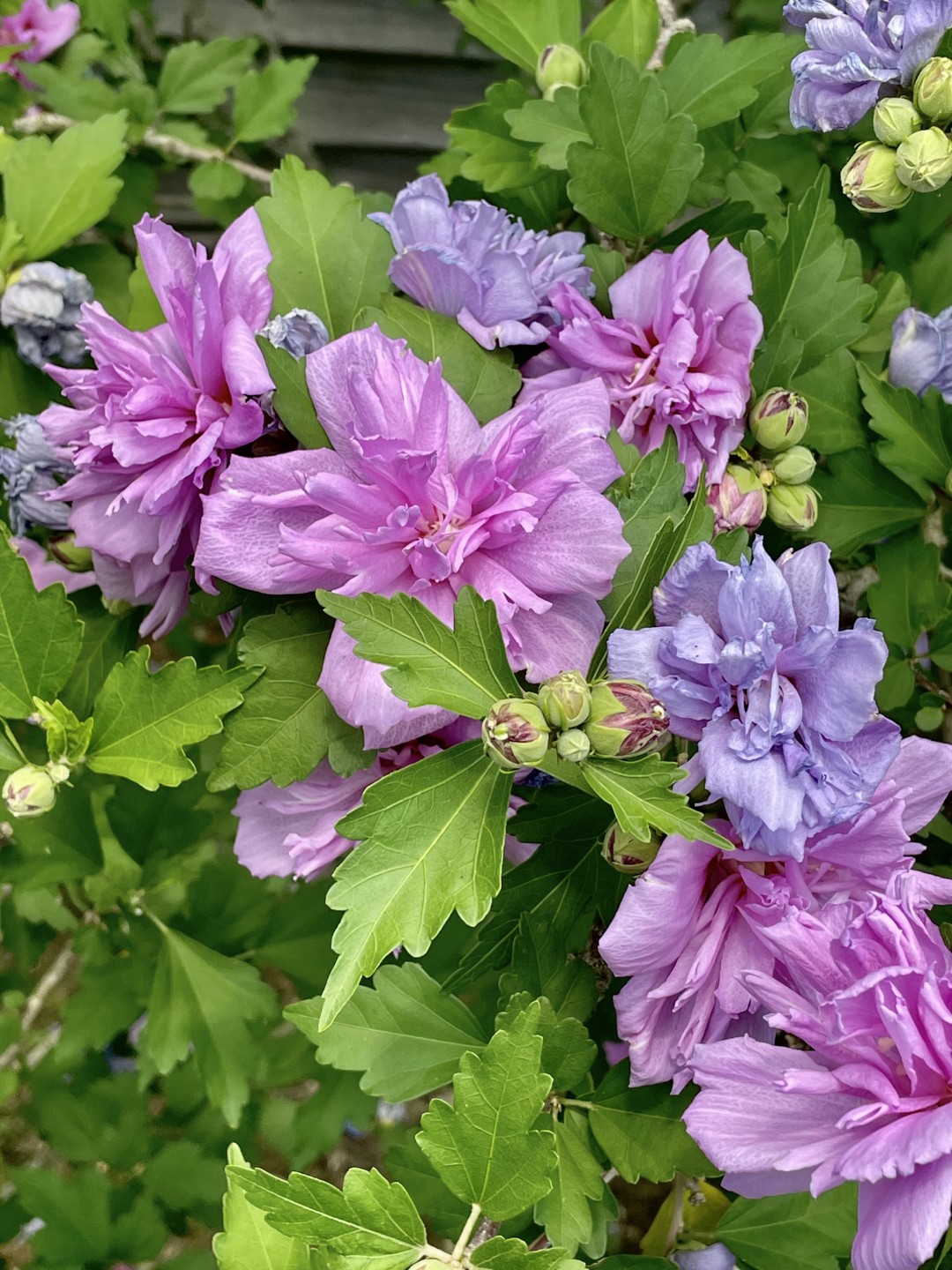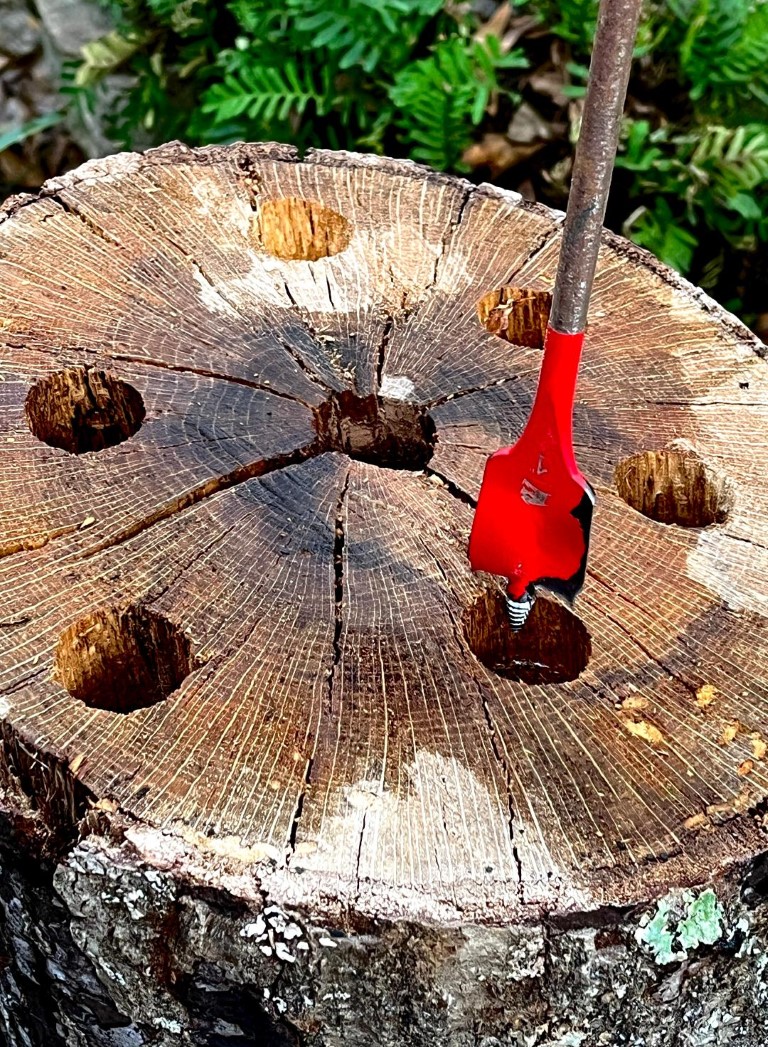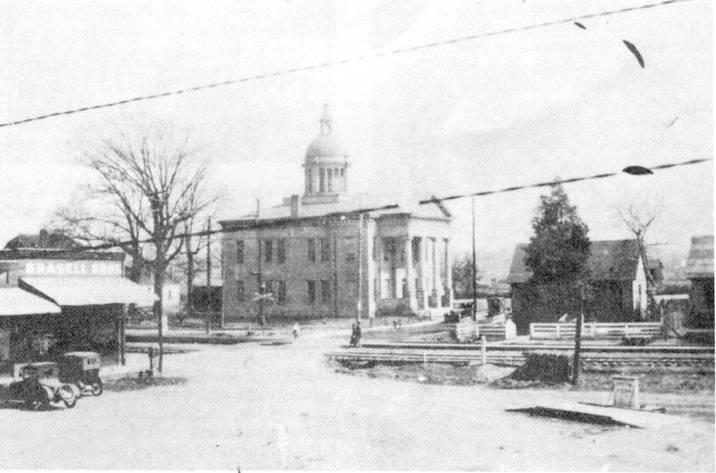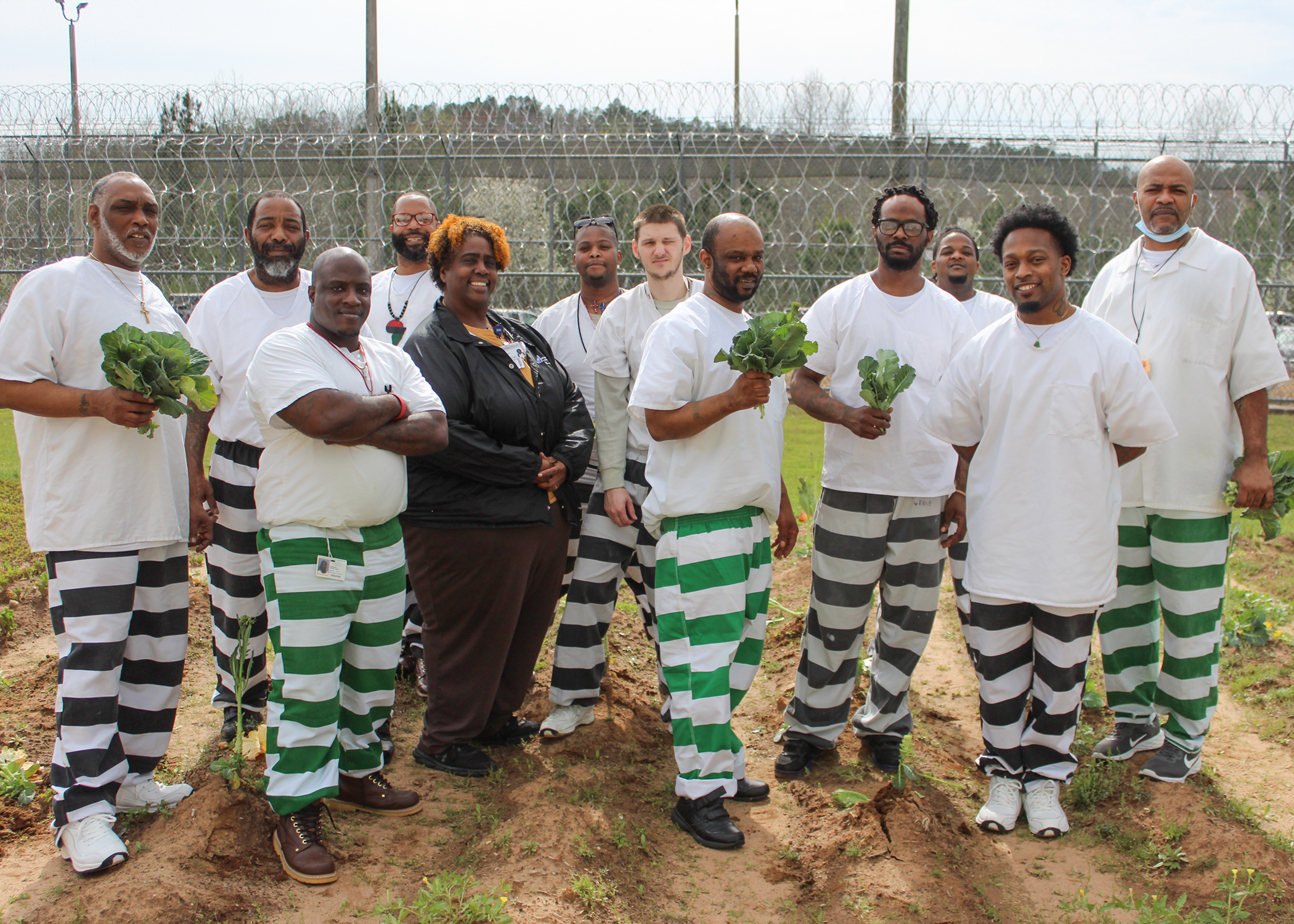Hunkered down for the duration of the summer doldrums
Published 12:09 pm Wednesday, July 23, 2025





By Felder Rushing
Gardening Columnist
Summer doldrums are upon us, and I am hunkered down for the duration, going outside only when absolutely necessary because sorry, but TV meteorologists’ teasers about “a chance of afternoon thunderstorm” no longer give me hope of a respite.
Trending
The word doldrum generally means a period of low spirits and energy – the hot-weather equivalent of winter blues. The root of the word is the same as for dull; doldrums was often used to describe the plight of sailors stuck aboard wind-driven boats in the tropics when prevailing breezes died down for weeks at a time.
It is always amusing to me when my summer-visiting Northern friends, barely sit out on my deck, get slowly stupefied in the breathless heat and humidity. Helps them appreciate why we take our time doing things.
Yet our gardens still beckon. The lawn is either turning brown and crunchy underfoot or running up water bills, and many spring-planted veggies and flowers, made over-lush by the heavy rains we have had, are now riddled with leaf spot and other summer sufferings and are ready to be pulled up. But though it is the ideal time to replant for fall harvests, even if the plants can be found in garden centers that have all but shut down bedding plant sales, who can find the energy?
This is when proven-dependable summer-blooming shrubs and trees come into play. Not getting into the many hardy perennials like cannas, lantana, various salvias, and turk’s turban hibiscus, and the few annuals that thrive on heat and drought including periwinkle, gomphrena (what we call bachelor buttons), zinnias, tall verbena (often called purple vervain), colorful and pollinator-attracting basils, celosia (both cockscomb and the interesting new varieties of prince’s feather), and okra. Most stick around all summer, or can be replanted now if you want to start afresh.
But, getting past the summer annuals and perennials we take for granted, I most appreciate “woody” plants with deep roots and sturdy stems that bridge the season between spring and fall without having to be planted every year or babied.
There are the most obvious ones, of course, starting with different size and color crape myrtles, shrub type roses, and the old-fashioned but super-floriferous abelia, which when I was a kid was my go-to flower for catching butterflies. And of course the nearly unkillable althea, a shrub hibiscus often called rose of Sharon for its Biblical roots. Altheas come in single and double flowers of white, pink, lavender, purple, red, and even blue, with or without contrasting throats; all are graveyard tough.
Trending
Other mainstay Southern summer flowering beauties include large and small gardenias, Little Gem magnolia, vitex, oleander, summer-blooming white “peegee” type hydrangeas, and butterfly bush (Buddleia), which requires regular light pruning to keep flowers coming on strong.
There are others, of course; no list of summer-showy shrub-like plants would miss soft-tip yucca with spires of edible white flowers, and shrub-like ornamental grasses with their plume, feather, or wispy bottlebrush flowers. My favorite grasses include the large variegated cane, compact pampas grass, purple fountain grass, and especially the different kinds of feathery “maiden grass” (Miscanthus) which my great-grandmother grew before they became landscape mainstays.
I bet you have one or more of these, and can find room for a couple or three others. They are out there, happy as can be, and are fantastic when underplanted by herbaceous annuals and perennials like a permanent flowerbed bouquet.
Meanwhile sit back, relax, and admire low-maintenance summer – from indoors. If you must venture out, take some cool water out to the birdbath; birds and butterflies need some relief.
Felder Rushing is a Mississippi author, columnist, and host of the “Gestalt Gardener” on MPB Think Radio. Email gardening questions to rushingfelder@yahoo.com.


